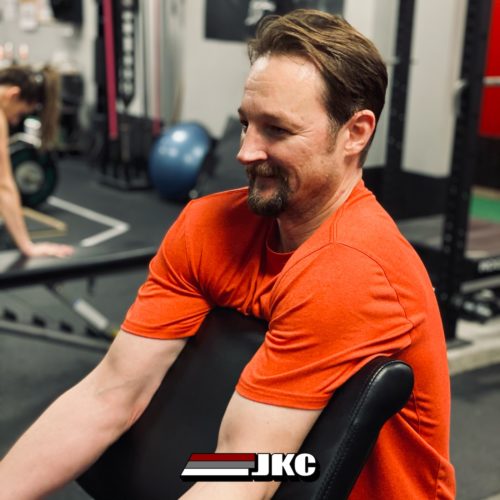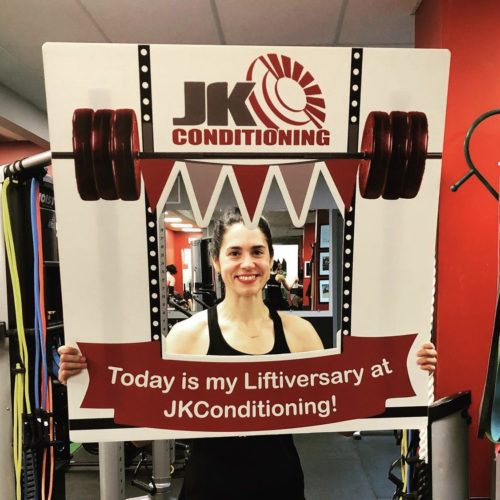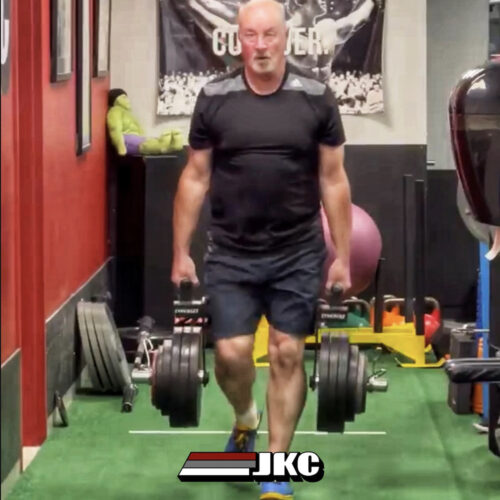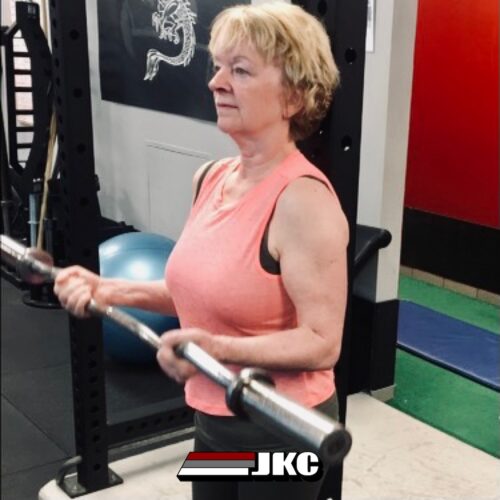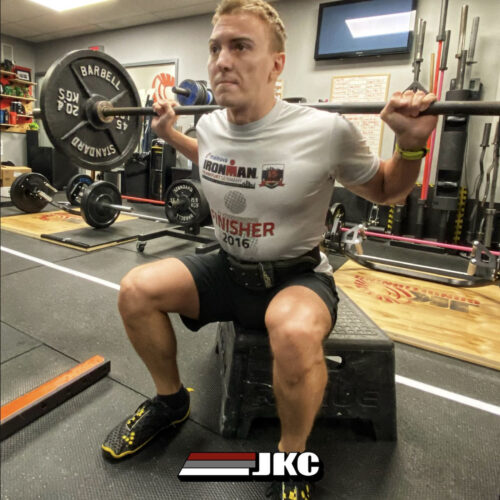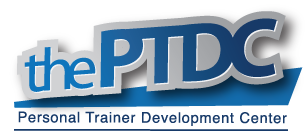 Do you want to lose weight (fat)? Most people do. We used to be concerned about how many calories we were burning DURING the workout. That’s how the fat burning zone was popularized. However, what’s more important is how many calories we burn DURING and AFTER the workout. When working out, don’t worry about what fat burning zone you should be in…the fat burning zone is so 1980s and early 1990s.
Do you want to lose weight (fat)? Most people do. We used to be concerned about how many calories we were burning DURING the workout. That’s how the fat burning zone was popularized. However, what’s more important is how many calories we burn DURING and AFTER the workout. When working out, don’t worry about what fat burning zone you should be in…the fat burning zone is so 1980s and early 1990s.
Same goes for people who run. Now, don’t get me wrong, this doesn’t apply to people who race and compete. This is targeted to people who want to look good naked! Long slow running is an aerobic (using oxygen) exercise that people usually do to lose weight. Same goes for people who use the stair master, spin bike or any other cardio equipment. Go to any gym bright and early and you’ll see all the cardio equipment full with very few people in the weight room. Well, that’s great, good for you for getting out there…but there is a better method.
Working anaerobically (without oxygen) means the intensity is cranked. When you train anaerobically, aerobic fitness is also improved, but the reverse doesn’t hold true. This method also increases EPOC…no…not a character from Star Wars…something referred to as Excess Post-exercise Oxygen Consumption.
EPOC is the amount of calories you burn AFTER your workout. This process helps you recover and recuperate back to the state were before the workout. Some of the things included in EPOC is returning the blood glycogen levels (carbohydrate storage) back to normal, returning the heart rate back to normal and the removal of lactic acid. Therefore, the harder your session…the higher the EPOC. So, female or male; it doesn’t matter…put down those pink dumbbells and pick up some real weight!
A very popular protocol to ramp up the intensity has been termed the Tabata Protocol, after Dr. Izumi Tabata, PhD. Dr. Tabata has done some interesting research out of the National Institute of Fitness and Sport in Tokyo, Japan. He did a 6-week study in which one group of subjects (control group) rode the exercise bike at 70% of their maximal oxygen capacity for 5 days a week for 60 minutes per session. The experimental group cycled at 170% of their maximal oxygen capacity for 20 seconds followed by a 10 second easy recovery. This procedure was carried out for 5 minutes or eight 20-second bouts.
The control group’s aerobic fitness improved by 10% with no improvement in their anaerobic fitness. The experimental group’s aerobic fitness improved by 14% and their anaerobic fitness improved by 28%! Therefore, aerobics is inferior to improving overall fitness than hard interval training.
Keep in mind that the 20 sec hard and 10 sec easy protocol can be manipulated to suit your current fitness level. For example, 15 sec hard and 15 sec easy or 20 sec hard and 25 sec easy…it’s really up to you. Your mental toughness will really shine in these types of workouts because the intensity is so high, you’ll want to stop after the first 20 seconds!!
Another method to increase the intensity of your workout is called Escalating Density Training. Charles Staley explains in his book, Muscle Logic, how 15 minutes per exercise pair can improve strength and burn fat simultaneously. The idea is to find two antagonistic exercises, say the barbell bench press and the barbell row (muscles on the opposite side of the shoulder joints).
In this 15 minute time frame, which Staley calls a PR-zone, you’ll use a 10-RM (a weight that you could use for 10 repetitions) weight, and see how many reps you can bang out. You don’t perform 10 reps per exercise…if you do, you’ll be toast after the 2nd set. To control for fatigue, Staley has you perform 5 reps per exercise with your 10-RM. So, let’s say for example your 10 RM for the bench press is 185 lbs and your 10 RM for your bent over barbell row is 160 lbs. You would start your timer and perform 5 reps of the bench press with 185 lbs and then 5 reps of the bent over barbell row with 160 lbs. You would keep alternating this pattern for the full 15 minutes. Keep track of how many reps you perform per exercise with that weight and see if you can increase the density (how many reps you perform) the next time you do this workout. (Use the same weight). You can chose 3 antagonistic pairs and finish a great workout in just under an hour. To find out more about his technique, you can read his book.
So, check your program…are there areas that can be improved to challenge your metabolic threshold? Metabolic disturbance training is a great way to train, but you should always check with your doctor before taking part in such a demanding exercise program. The intensity is very high and all pre-program precautions should be covered.
Thanks for reading,
-JK

